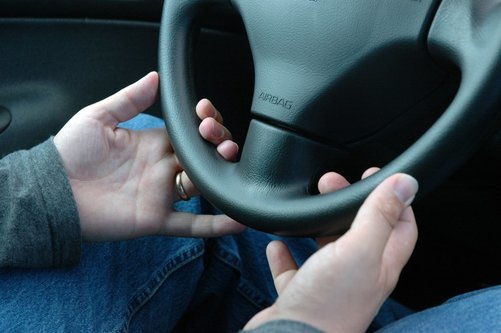Driving with Arthritis
Did you know you could be fined up to £1,000 if you don’t disclose a medical condition such as arthritis that could affect safe driving? Well, if you have any form of arthritis, that should be a concern. This article explains why you should think twice about driving after being diagnosed with arthritis.

Arthritis and Driving
Arthritis is a condition that causes pain and discomfort in the joint areas, talk of the hands, elbows, wrists, shoulders, ankles, knees, feet, jaws, neck and other joints. When driving, much of these areas are subjected to a lot of pressure which leads to discomfort, and in the end, the wearing out of the cartilage tissues.
There are two perspectives when it comes to the question of driving with arthritis in the UK.
The Driver and Vehicle Licensing Agency (DVLA) requires that drivers share their medical conditions such as arthritis which could lead to mishaps. Arthritis can lead to joint swelling and stiffness when driving, and this is a risk not just to drivers but other road users. Arthritic conditions such as osteoarthritis of the knee can cause accidents when a driver’s knee becomes stiff when braking. Other arthritis conditions, such as osteoarthritis of the hands, can affect car handling and cause accidents.
But then, a positive arthritis diagnosis is not the end of physical activity, including driving. It all depends on the extent of the damage to the cartilage tissues, and the pain.
Should You Drive with Arthritis?
While the DVLA requires that you disclose your arthritis condition, based on the fact that it can affect safe driving, it’s your rheumatologist that can advise you accordingly. If your arthritis is severe, it’s better to stay away from the wheel and promptly inform the DVLA. But if it’s a manageable condition, you can still hit the road.



